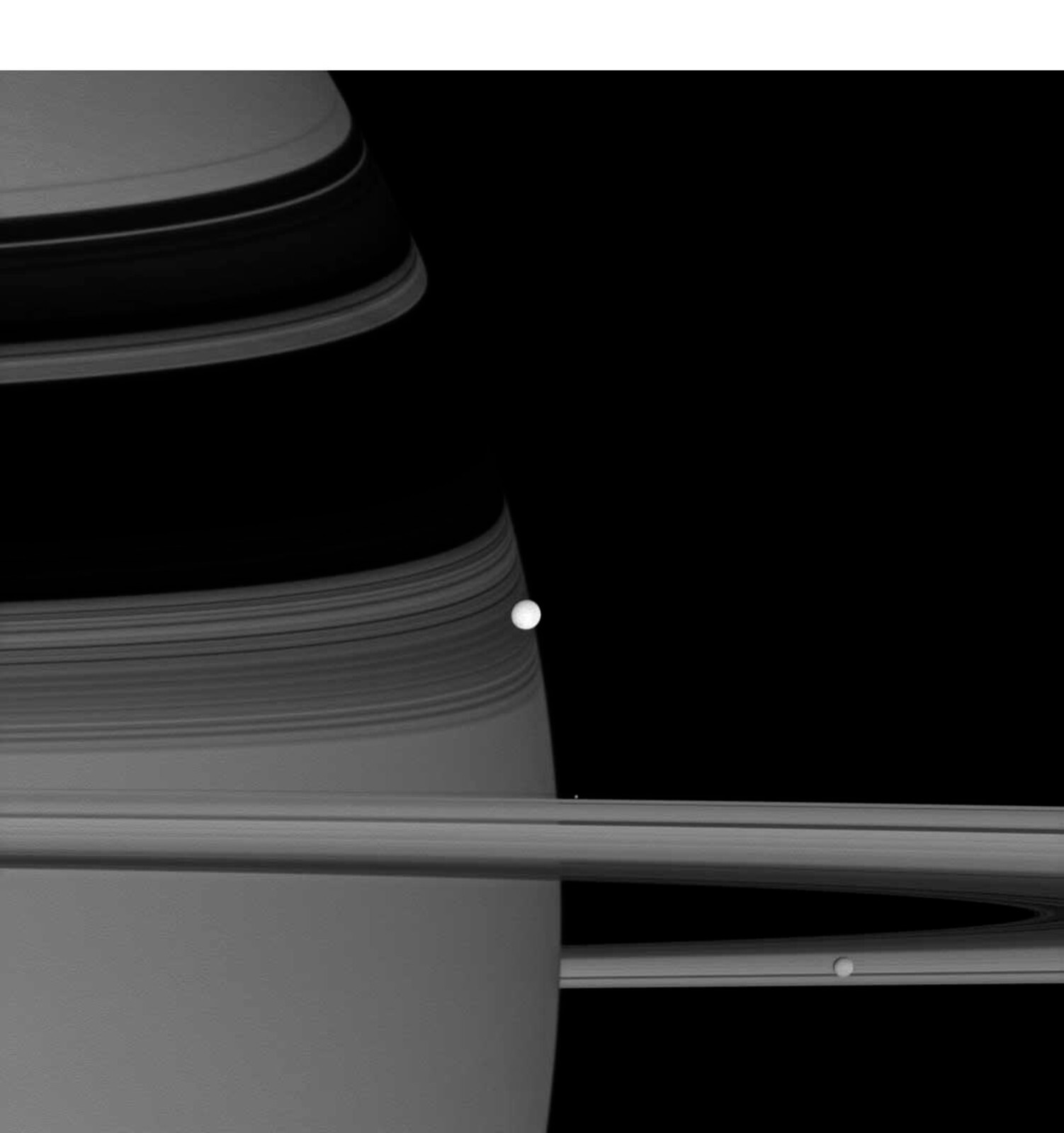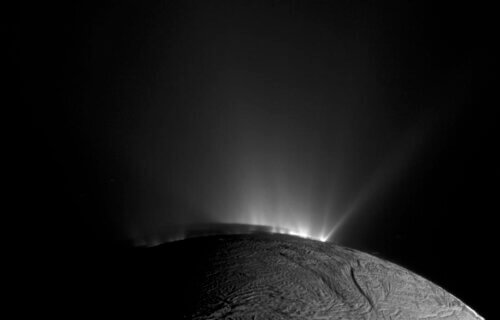PASADENA, Calif. — Can Saturn’s icy moon be the home to alien life forms? NASA scientists believe so. In a remarkable discovery, scientists analyzing data from NASA’s Cassini mission have uncovered evidence suggesting that Enceladus could potentially sustain life. This research sheds light on the complex chemical processes occurring on this distant moon.
Enceladus, one of Saturn’s many moons, has long fascinated scientists due to its giant plume of ice grains and water vapor, known to contain organic compounds crucial for life as we understand it. The latest findings from Cassini’s mission have taken this a step further by confirming the presence of hydrogen cyanide, a molecule pivotal to the origin of life.
“Our work provides further evidence that Enceladus is host to some of the most important molecules for both creating the building blocks of life and for sustaining that life through metabolic reactions,” says study lead author Jonah Peter, a doctoral student at Harvard University who performed much of the research while working at NASA’s Jet Propulsion Laboratory (JPL) in Southern California, in a media release. “Not only does Enceladus seem to meet the basic requirements for habitability, we now have an idea about how complex biomolecules could form there, and what sort of chemical pathways might be involved.”
Hydrogen cyanide, according to Peter, is akin to a “Swiss army knife of amino acid precursors,” given its versatility in forming amino acids, essential building blocks of life.
“The more we tried to poke holes in our results by testing alternative models, the stronger the evidence became,” adds Peter. “Eventually, it became clear that there is no way to match the plume composition without including hydrogen cyanide.”

Beyond just organic compounds, the research also revealed a potent source of chemical energy within Enceladus’s subsurface ocean. This energy, derived from various organic compounds, some of which serve as fuel for organisms on Earth, far exceeds the energy potential previously thought to exist on this moon.
“If methanogenesis is like a small watch battery, in terms of energy, then our results suggest the ocean of Enceladus might offer something more akin to a car battery, capable of providing a large amount of energy to any life that might be present,” says study co-author Kevin Hand, principal investigator of the effort that led to the new results at JPL.
This study diverged from previous research methods, which often relied on laboratory experiments and geochemical modeling. Instead, scientists conducted detailed statistical analyses of data from Cassini’s ion and neutral mass spectrometer, a tool that studied the gas, ions, and ice grains around Saturn. Through this, they were able to discern subtle differences in how well different chemical compounds matched the observed data.
While the possibility of life originating on Enceladus remains uncertain, this study lays out chemical pathways that could be further explored in laboratory settings. The significance of Cassini’s mission, which ended in 2017, continues to resonate through such discoveries.
“Our study demonstrates that while Cassini’s mission has ended, its observations continue to provide us with new insights about Saturn and its moons – including the enigmatic Enceladus,” says study co-author Tom Nordheim, a JPL planetary scientist and was a member of the Cassini team.
The Cassini-Huygens mission, a collaborative effort involving NASA, the European Space Agency, and the Italian Space Agency, continues to unveil the mysteries of the Saturn system, long after its conclusion. Managed by JPL, a division of Caltech, the mission’s legacy lives on through these groundbreaking discoveries, furthering our understanding of the potential for life beyond Earth.
The study is published in the journal Nature Astronomy.
You might also be interested in:
- After 40 years, astronomers find something completely unexpected happening in Saturn’s rings
- Brain-eating amoeba helps scientists better understand basic building blocks of life
- Aliens on Saturn’s moon? Astronomers discover essential building block of life on Enceladus


Your headline is very misleading. This is nothing but speculation, and not very good speculation at that. It based on a false worldview. I keep finding evidence StudyFinds has bought into a peck of lies.